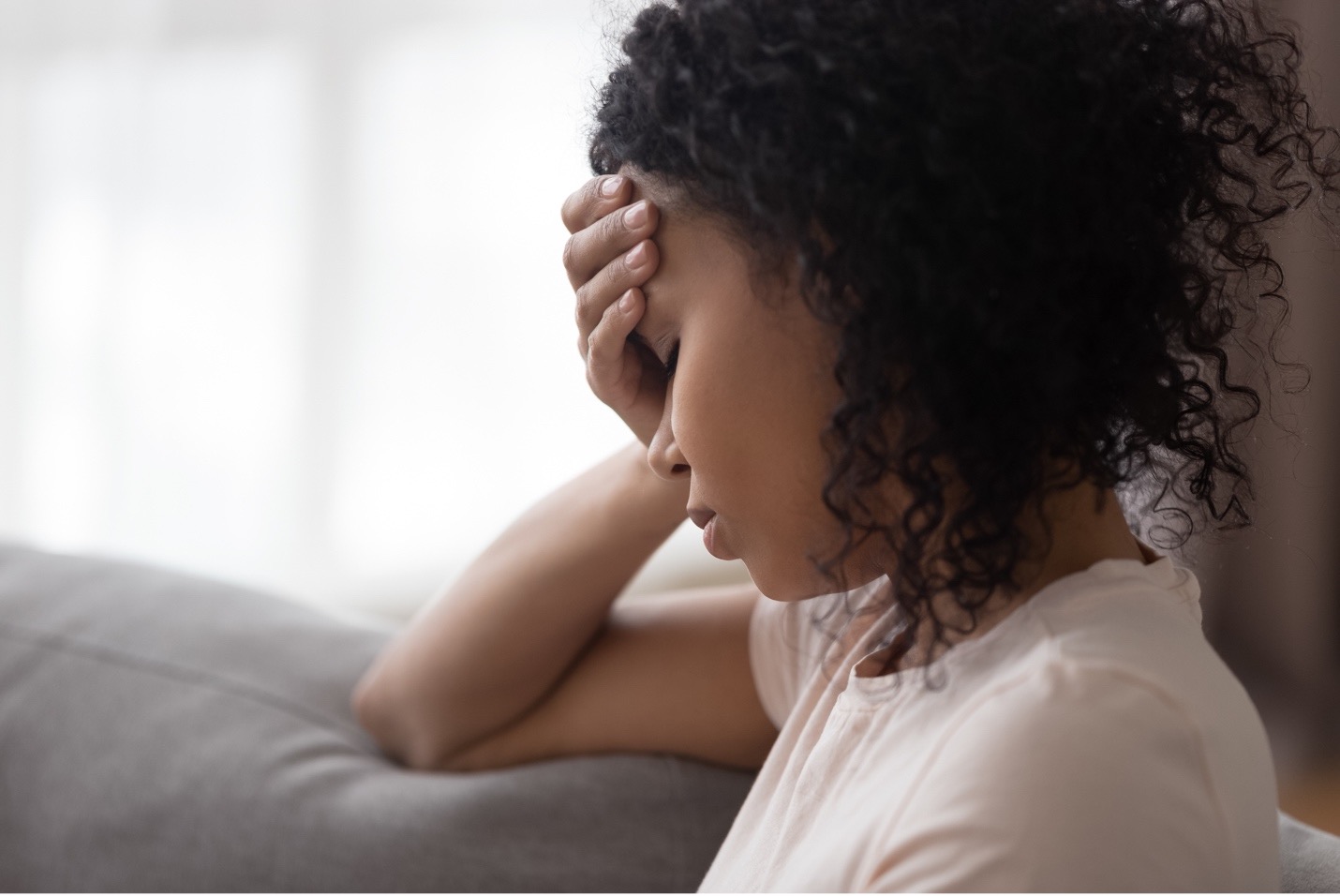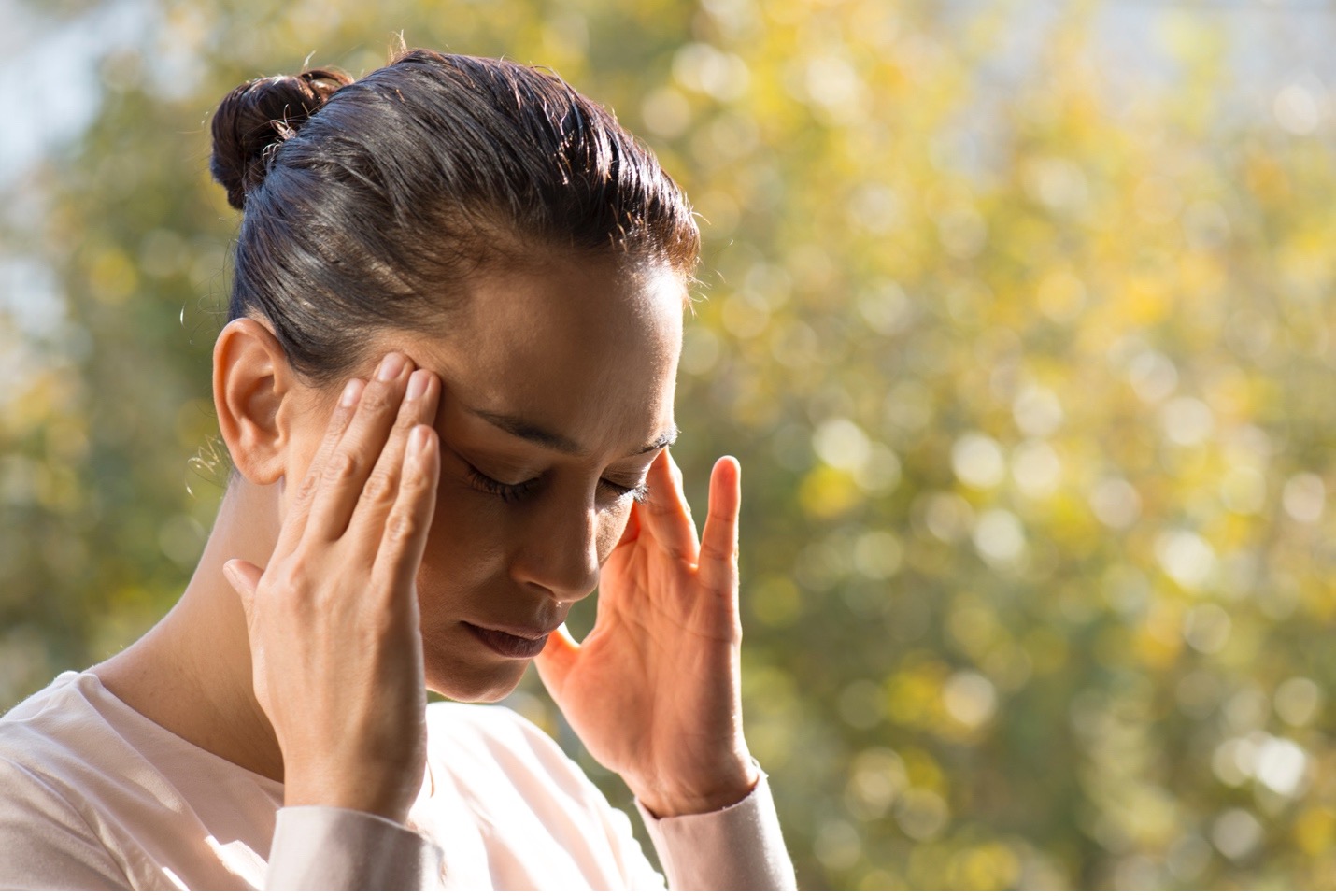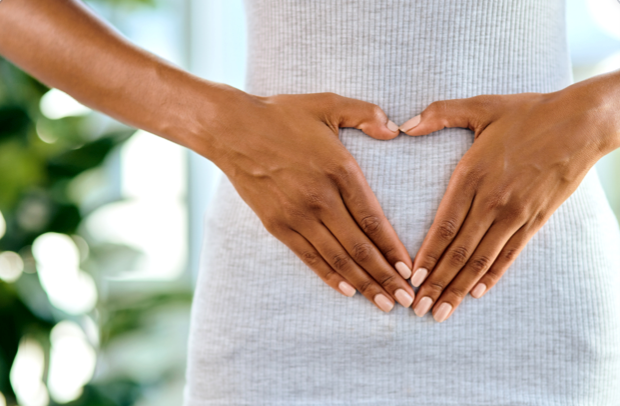No More Headaches! – Identifying Triggers & Enacting Positive Lifestyle Changes
 Posted at Nov 2022
Posted at Nov 2022

No More Headaches! – Identifying Triggers & Enacting Positive Lifestyle Changes
No More Headaches! – Identifying Triggers & Enacting Positive Lifestyle Changes
Headaches are one of the most common health concerns that bring new patients to Spark Health. In 2018, the CDC reported that 20% of women and 10% of men experience severe headaches or migraines. Certainly, an even higher percentage of women and men experience headaches that, though milder, still interfere with daily life.
There are several types of headaches each with varying levels of severity – tension headaches, cluster headaches, and migraine headaches to name a few. Regardless of which type afflicts you, any headache can cause significant disruption to daily activities and lives.
The bad news is that there is still much we do not know about the specific etiology of headaches. There are so many potential causes and triggers that it can be hard to pinpoint just what is behind the throbbing. The good news is that once you do identify your personal headache triggers it is likely that you will be able to treat them simply by making lifestyle changes – such as increasing daily hydration or practicing better sleep hygiene. That’s why when patients work on health in a holistic, integrative way, headaches usually decrease in frequency and severity as a result.
Keep reading to find out what might be triggering the pounding between your ears, and the lifestyle changes you can enact to rid yourself of those headaches once and for all.
Trigger #1: Posture
Often overlooked as a trigger, posture can play a significant role in headache onset. Chronic poor posture can cause tension to build in the back, shoulders, and neck and as the pain moves up the body a tension headache can soon ensue. It’s no wonder that tension headaches are the most common type of headache globally, with an estimated 2 in 3 US adults experiencing tension headaches regularly.
Especially in the past year with the COVID-19 quarantine, many people are working from home and sitting in the same positions for much longer periods of time which can wreak havoc on the body and promote poor posture. Make sure to pay attention to your posture throughout the day and try to not spend too much time sitting or standing in the same position for too long. Taking regularly scheduled walks to break up the day, purchasing an ergonomic chair for your home office, and incorporating practices like yoga and Pilates into your daily routine are all things you can do to better improve posture over time.
Trigger #2: Food & Drink Sensitivity
Most people consume foods regularly that they have a sensitivity to. That’s because, unlike allergies or intolerances, food sensitivities cause a delayed immune response making it very difficult to pinpoint the specific food triggering the response. Unfortunately, headaches are one of the most well documented manifestations of a food sensitivity.
Food sensitivity testing can be helpful in revealing which foods are potential triggers for the inflammation that can cause headaches. Many of the most common food triggers – such as aged cheeses, cured meats, fermented foods, citrus fruits, and chocolate – contain tyramine, an amino acid that plays a role in blood pressure regulation. It is thought to cause the release of norepinephrine in the brain, which could stimulate pain receptors. Following an elimination diet in which you remove all potential food triggers from your diet and then slowly re-introduce them is the best way to identify which specific foods are behind your headaches.
Trigger # 3: Dehydration
Headaches are a well-known symptom of dehydration. It can be a trigger for mild tension headaches and full-blown migraines. Other symptoms of dehydration can include thirst, fatigue, dizziness, decreased urination, and dry mouth, but frequently those symptoms are so mild that a busy person doesn’t notice them until the headache sets in. Rehydrating with water often produces a fast headache cure in mild cases of tension headaches, but using electrolyte or rehydrating solutions can often speed the headache resolution.
Alcohol as a headache trigger is closely related to dehydration. Although its etiology is not entirely understood, the dehydration that alcohol causes definitely contributes. Fermented alcoholic drinks like beer, red wine, and kombucha are high in migraine-triggering tyramine. But other types of alcohol have additional compounds that may contribute to headaches, even when only a small amount of alcohol is consumed. If you commonly find yourself nursing a headache after a few cold ones, the best cure is to limit or avoid alcohol consumption all together.
Trigger #4: Hormones
There is at least one obvious reason why women suffer from more severe headaches and migraines than men – hormones. The biggest headache culprit is estrogen, which fluctuates throughout a woman’s cycle. Estrogen can affect the sensation of pain through its effects on the neurotransmitter serotonin. Estrogen also affects blood vessels, and the irritability or spasm of small blood vessel walls may play a role in triggering migraines.
Because any estrogen fluctuation can trigger a headache, there are several parts of a woman’s cycle where headaches can happen, including at ovulation, in the days before menses, and during menses. These are all times when estrogen levels are dropping quickly. If you tend to experience headaches around the same times each month, consider using a menses cycle tracker app like Eve or Clue that can help you map symptoms like headaches to your monthly cycle. Knowing when to expect a nasty brain squeeze is half the battle, practicing self-care (think lots of sleep, water, and healthy foods) leading up to these episodes can help you lessen or even avoid their onset.
Trigger #5: Rebound Headaches from Medications
This is one of the most frustrating causes of headaches, but also one of the best reasons to treat your headaches with integrative medicine, rather than relying on medications. Any pain reliever that is used regularly (more than a couple of times per week) to treat headaches has the potential to cause a Medication Overuse Headache (MOH). These headaches start only when you stop taking the medication and typically come on first thing in the morning and can last for several weeks in the worst cases.
If you are regularly using a pain reliever to combat headaches, consulting with a medical professional can help you transition to a more lifestyle-focused intervention plan while avoiding the onset of MOH. Because naturopathic doctors focus specifically on integrative, wholistic treatment plans, they are a great choice for helping you to navigate this transition.
Trigger #6: Environmental Triggers
Some headache-sufferers are abnormally sensitive to environmental cues. Strong smells, and particularly the smell of smoke can trigger headaches. Bright and/or flashing lights can be triggering for some people. And many note that specific weather patterns or weather changes can be a reliable trigger. One study found that migraines were 28% more likely on days when lightning struck near a person’s home. The thought is the brain could be sensitive to barometric pressure changes that come with storms.
While these studies are still in the early stages, it is encouraging to see some light shed on the more mysterious triggers of headaches. As more research comes to light, the hope is that the medical field will follow suit with treatment plans and recommendations for offsetting these environmental triggers.
Trigger #7: High Blood Pressure & Other Serious Medical Conditions
While most headaches are not severe enough to be an emergency, there certainly are a few rare causes of headaches that can signify a serious problem. Headaches can be a sign of very high blood pressure, which can lead to brain and other organ damage if left untreated. As a general guideline, if you have a severe headache like you’ve never had before or have any type of headache that is unusual for you, you should speak with your doctor. Any headaches accompanied by?high fever, stiff neck, or neurologic changes like convulsions, confusion, muscle weakness, or changes to speech or vision could be a health emergency and you should head to the emergency room right away.
If headaches are getting in the way of your daily life, visit Spark Health today for a personalized assessment and treatment plan. Located in Solana Beach in San Diego County, CA, Spark Health Integrated Medicine takes a collaborative approach to natural medicine, partnering with patients to help them achieve their unique health and wellness goals. Contact us to book your consultation!
Article written by Dr. Jennifer Zeglen, ND













